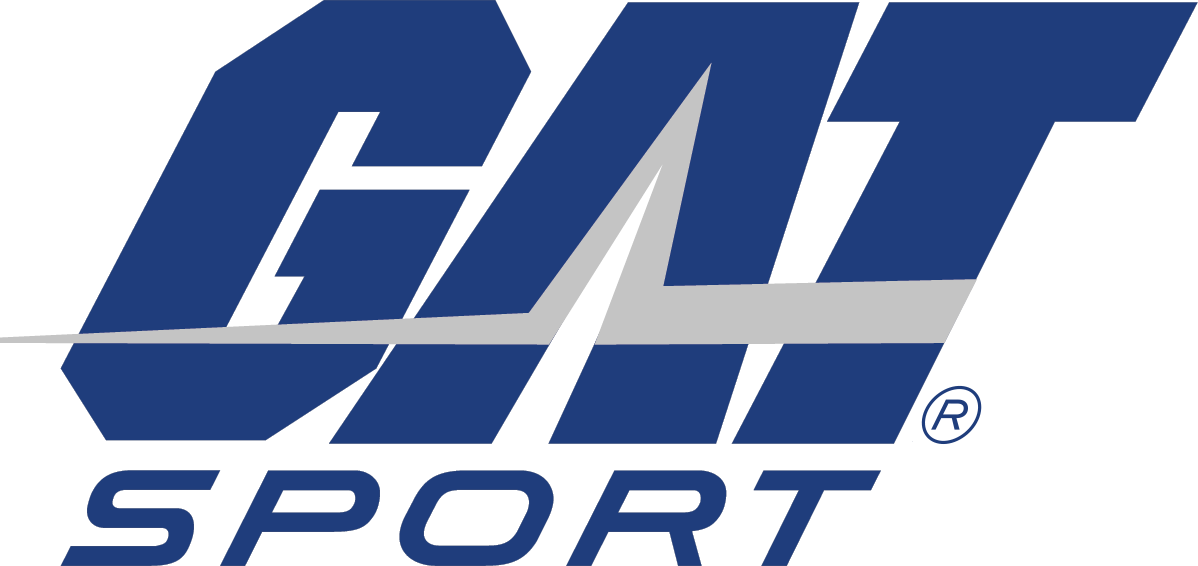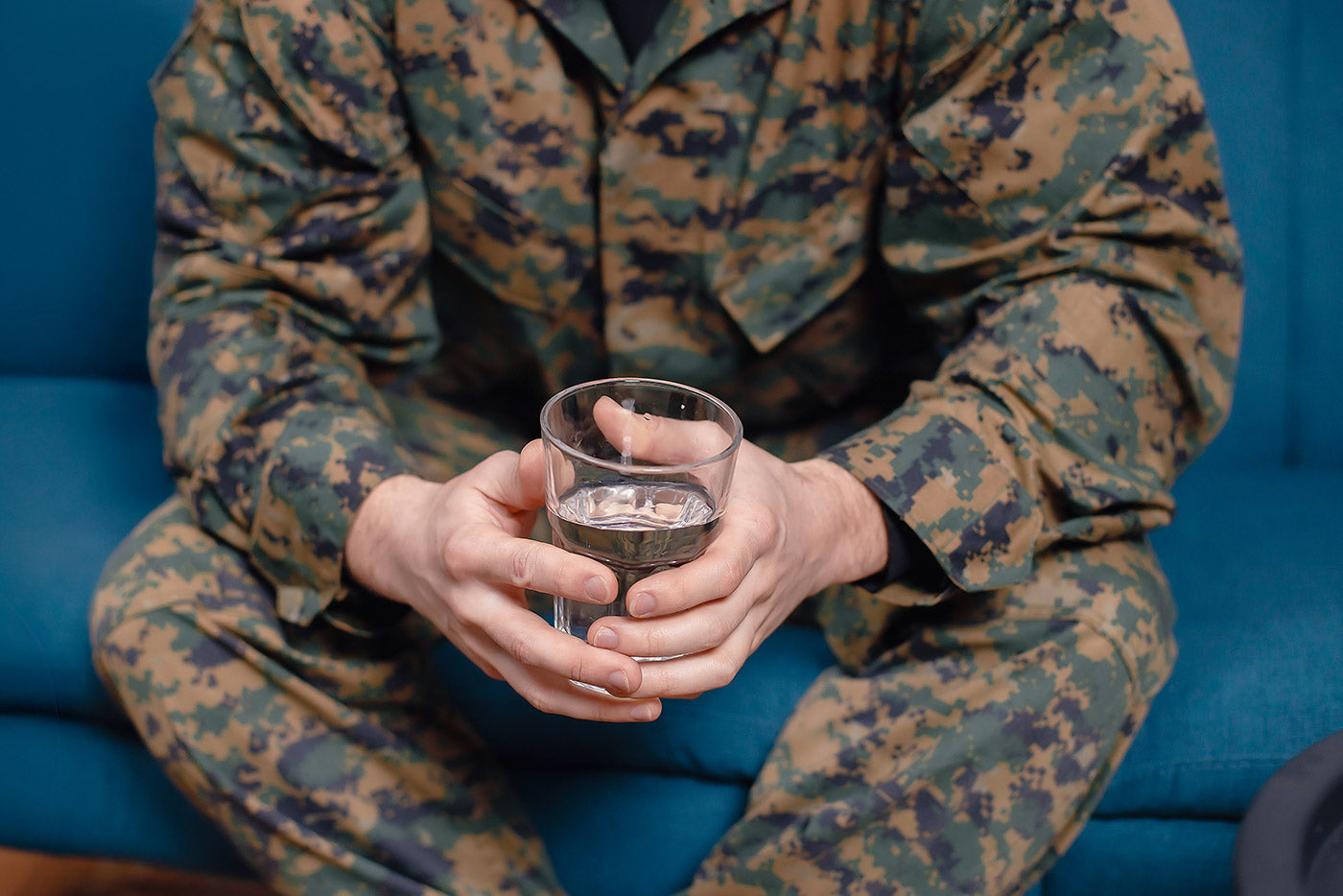Picture this: You're Andrew Huberman-level biohacking your way through a scorching summer workout, tracking your HRV, optimizing your sleep maxxing routine, and feeling like a total boss, until the heat hits you like a plot twist in a bad action movie. Suddenly, your performance tanks, and you're left wondering why your fancy wearable didn't warn you about the real villain: dehydration.
In today's world of gym anxiety and "soft life" wellness trends, where everyone's chasing sustainable gains without burning out, proper hydration isn't just a nice-to-have; it's the secret weapon separating elite performers from the sweat-soaked masses. But what if I told you the blueprint for conquering extreme heat comes not from influencers, but from military special forces who train in 120°F infernos without skipping a beat? Buckle up, we're diving into their classified hydration intel, adapted for civilian athletes like you.
The Problem: Why Civilian Hydration Strategies Crumble in Extreme Heat
Let's face it: Most of us approach hydration like we're prepping for a casual jog, not a battlefield. You chug a bottle of water mid-workout, maybe toss in some electrolytes if you're feeling fancy, and call it a day. But in the sweltering heat, think CrossFit WODs in a humid garage or Hyrox sessions under the blazing sun, this reactive approach is about as effective as bringing a squirt gun to a wildfire.
Environmental challenges like high temperatures and humidity ramp up your sweat rate to epic levels, often exceeding 2 liters per hour for intense athletes. Add in current trends like biohacking for peak performance or the millennial push for work-life balance (where "soft life" means training smart, not hard), and the stakes get higher. Poor hydration doesn't just sap your energy; it spikes your core temperature, tanks your endurance, and increases the risk of heat-related illnesses like cramps, exhaustion, or worse.
For serious fitness enthusiasts, Gen Z data nerds monitoring every metric, millennials juggling careers and gains, or Gen X pros maintaining vitality, the problem is amplified. Heat stress disrupts everything from muscle function to cognitive sharpness, turning your optimized routine into a slog. And let's not ignore the irony: While social media floods us with ice bath hacks and red light therapy for recovery, basic hydration often gets overlooked, leading to unnecessary performance dips.
Military personnel, however, can't afford such lapses. In extreme conditions, like desert ops or jungle maneuvers, inadequate hydration means mission failure, or worse. Civilian strategies fail because they're piecemeal: We focus on during-exercise fixes, ignoring the proactive prep that special forces swear by. The result? Up to a 20% drop in athletic output, as seen in studies on heat-acclimated performers. If you're tired of your workouts feeling like a desert trek, it's time to adopt elite tactics.

The Science: Military Research on Crushing Heat with Smart Hydration
Alright, science time, because nothing says "COMPETE HARDER" like peer-reviewed proof. Military research has long been the gold standard for heat performance, given the life-or-death stakes. The U.S. Army, for instance, has poured resources into protocols that keep soldiers operational in temperatures exceeding 100°F, where dehydration can hit harder than a drill sergeant's yell.
At its core, effective hydration in heat revolves around maintaining plasma volume (the liquid part of your blood), regulating core temperature, and preserving electrolyte balance. Lose just 2% of your body weight in fluids, and your aerobic capacity drops by 5-10%, while strength and power take a nosedive (1).
Enter hyperhydration: The military's not-so-secret sauce for pre-loading fluids. Unlike basic water guzzling, which can lead to frequent bathroom breaks and minimal retention, strategic hyperhydration expands your body's fluid reserves before the heat hits. Glycerol, a humectant (moisture-retaining compound), shines here. Early studies showed that glycerol ingestion before exercise in heat boosts fluid retention by 700-1,000 mL compared to water alone, delaying dehydration and blunting core temperature rise (2). In one landmark trial, athletes hyperhydrated with glycerol maintained lower heart rates and better thermoregulation during prolonged cycling in hot conditions, mimicking military endurance demands (3).
But military protocols go beyond glycerol; they emphasize a phased approach. Research from the U.S. Army Research Institute of Environmental Medicine highlights the importance of pre-exercise hydration: Drinking 6 mL of fluid per kg of body weight every 2-3 hours before activity ensures euhydration (optimal fluid balance) at start time (4). During ops, work-rest ratios prevent overload: for every 20-30 minutes of intense effort in heat, soldiers get shaded breaks with electrolyte replenishment to combat sodium losses up to 10 grams per hour (5). Post-activity, rapid rehydration restores 150% of lost fluids to account for ongoing sweat (6).
Glycerol's role gets even more intriguing in military-inspired studies. A meta-analysis of 14 trials found glycerol hyperhydration improves endurance performance by 2.6% in hot environments by enhancing plasma volume and sweat efficiency (7). For athletes, this translates to better heat tolerance: think sustaining high-intensity efforts without the dreaded bonk. However, side effects like bloating can occur if dosed wrong, which is why military adaptations focus on precise timing and combos with electrolytes (8). Recent biohacking trends, popularized by folks like Huberman, echo this: Pairing glycerol with beta-alanine and betaine (for endurance buffs) amplifies cellular hydration while buffering fatigue (9).
Electrolytes aren't just hype; heat ramps up sodium and magnesium losses, impairing muscle contraction and hormone regulation. Military data shows magnesium deficiency exacerbates cramps in hot ops, while balanced electrolytes maintain performance (10). Stress hormones like cortisol spike in heat, but proper hydration blunts this, preserving testosterone and recovery, key for long-term gains (11). In short, the science boils down to a proactive, multi-phase strategy: Prep your body like a special forces op, and you'll dominate where others dehydrate.
Humor break: If dehydration were a villain, it'd be that sneaky one who shows up uninvited to your biohacking party, spiking your cortisol and crashing your gains. But with military smarts, you're the hero flipping the script: hydrated, hyper, and hilarious in hindsight.
Solutions: Adapting Military Protocols for Your Training Arsenal
Now, the fun part: Turning classified intel into your everyday edge. The 3-2-1 Hydration Protocol is my civilian adaptation of military strategies: simple, effective, and backed by the grit of special forces training. "3" stands for three hours of pre-hydration prep; "2" for two key during-exercise tactics; "1" for one immediate post-recovery focus. This isn't rocket science (though it could fuel a rocket scientist's workout); it's battle-tested for extreme conditions, perfect for your summer sessions or heat dome challenges.
Phase 1: The "3" – Pre-Hydrate Like You're Gearing Up for Deployment (3 Hours Before)
Start your op three hours out by hyperhydrating to expand plasma volume and buffer heat stress. Military guidelines emphasize starting euhydrated, but we kick it up with glycerol for that extra retention edge. Mix a full serving (2 tablespoons) of Nitraflex Glycerol, GAT Sport's liquid powerhouse with 20g glycerol, 2g beta-alanine for endurance, and 2.5g betaine for power, in 16-20 oz of water. This creates a hyperhydration effect, pulling fluids into cells for up to four hours of sustained performance (7). Sip it over 30-60 minutes, then follow with plain water or electrolytes every hour.
Why Nitraflex Glycerol? It's engineered for serious athletes, drawing on over 25 years of GAT Sport excellence in performance nutrition. Third-party tested and cGMP certified, it delivers clean, research-backed hyperhydration without the bloat if timed right. For biohackers tracking metrics, expect improved sweat efficiency and lower perceived exertion; Huberman would approve. If you're sensitive, start with a half serving (1 tbsp) to build tolerance. Pro tip: Add a dash of pink Himalayan salt for sodium preload, aligning with military electrolyte tactics.
Phase 2: The "2" – Dual Tactics to Sustain in the Thick of It (During Exercise)
Once you're in the heat, deploy two core strategies: Frequent sipping and electrolyte rotation. Every 15-20 minutes, take 4-8 oz of fluid, alternating water with Nitraflex Hydration—GAT Sport's electrolyte matrix packed with sodium, potassium, and magnesium to replace what sweat steals. Military rest breaks inspire this: In high-heat drills, soldiers hydrate during short pauses to maintain plasma volume without GI distress.
Nitraflex Hydration shines here as your tactical electrolyte ally, naturally flavored and free of artificial junk, ensuring rapid absorption. Combine it with Pro Magnesium (200-400mg pre or intra) for cramp prevention—essential in heat where magnesium losses spike. For stress management (because heat isn't just physical; it amps gym anxiety), weave in Deep Wood, GAT Sport's hormone optimizer. A half-dose pre-workout supports cortisol control and testosterone maintenance, keeping you mentally sharp like a spec ops pro (11). If your session exceeds 60 minutes, loop back to glycerol via a mid-way sip for ongoing hyperhydration. This dual approach—fluids plus minerals—mirrors special forces protocols, sustaining output where basic water falls short.
Humor alert: Imagine your body as a high-performance engine in the desert; if water's the fuel, glycerol and electrolytes are the premium octane and coolant. Skip 'em, and you're that guy sputtering on the side of the road, while the military convoy zooms past.
Phase 3: The "1" – One-Focus Recovery to Reboot Fast (Immediately Post)
Don't let victory slip—hit recovery with laser focus. Within 30 minutes post-exercise, rehydrate with 150% of lost fluids (weigh yourself pre/post to calculate). Mix Nitraflex Hydration in a recovery shake, adding Pro Magnesium for muscle relaxation and Deep Wood to optimize hormone rebound. Military rehydration emphasizes rapid electrolyte restoration to prevent overnight deficits, accelerating adaptation for tomorrow's grind.
For Gen Z trackers, log your sweat rate and adjust; millennials balancing life, this prevents post-workout crashes affecting work; Gen X optimizers, it supports anti-aging recovery. Protocols like this have helped athletes cut heat-related fatigue by 15-20% (5). Customize: In humid climes, up the glycerol; for dry heat, emphasize magnesium.
Bottom Line: Level Up Your Heat Game with Elite Tactics
In a world obsessed with biohacking shortcuts and sustainable wellness, the 3-2-1 Protocol proves that old-school military wisdom—amped with modern science—delivers unbeatable results. By pre-loading with hyperhydration, sustaining with smart electrolytes, and recovering decisively, you'll maintain peak performance where others wilt.
GAT Sport's lineup, from Nitraflex Glycerol's cellular edge to Nitraflex Hydration's tactical replenishment, Deep Wood's hormone shield, and Pro Magnesium's mineral mastery, makes it seamless. Backed by 25+ years of excellence, third-party tested, cGMP certified, and Smart Scan verified, these aren't gimmicks; they're your ticket to COMPETE HARDER in the heat.
References
- Sawka MN, et al. Human water needs. Nutr Rev. 2005;63(6 Pt 2):S30-9.
- Lyons TP, et al. Effects of glycerol-induced hyperhydration prior to exercise in the heat on sweating and core temperature. Med Sci Sports Exerc. 1990;22(4):477-83.
- Freund BJ, et al. Glycerol hyperhydration: physiological responses during cold-air exposure. J Appl Physiol (1985). 1995;79(2):515-20.
- Casa DJ, et al. National Athletic Trainers' Association Position Statement: Fluid Replacement for the Physically Active. J Athl Train. 2017;52(9):877-95.
- Montain SJ, et al. Exercise associated hyponatraemia: quantitative analysis to understand the aetiology. Br J Sports Med. 2006;40(2):98-105.
- Shirreffs SM, et al. Post-exercise rehydration in man: effects of volume consumed and drink sodium content. Med Sci Sports Exerc. 1996;28(10):1260-71.
- Goulet ED, et al. A meta-analysis of the effects of glycerol-induced hyperhydration on fluid retention and endurance performance. Int J Sport Nutr Exerc Metab. 2007;17(4):391-410.
- van Rosendal SP, et al. Guidelines for glycerol use in hyperhydration and rehydration associated with exercise. Sports Med. 2010;40(2):113-29.
- Patlar S, et al. The effects of glycerol ingestion on performance and metabolic responses during exercise in hot conditions. J Hum Kinet. 2012;34:69-79.
- Armstrong LE, et al. Heat and cold illnesses during distance running. Med Sci Sports Exerc. 1996;28(12):i-xiii.
- Kenefick RW, et al. Heat exhaustion and dehydration as causes of marathon collapse. Sports Med. 2007;37(4-5):378-81.




